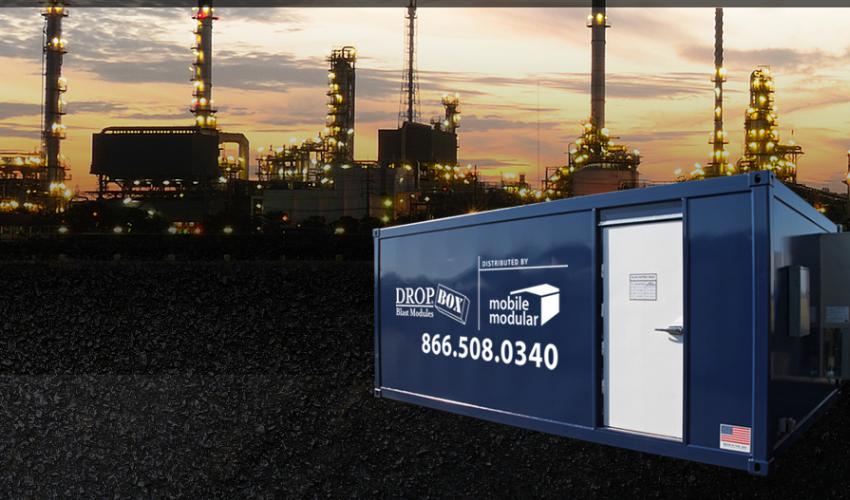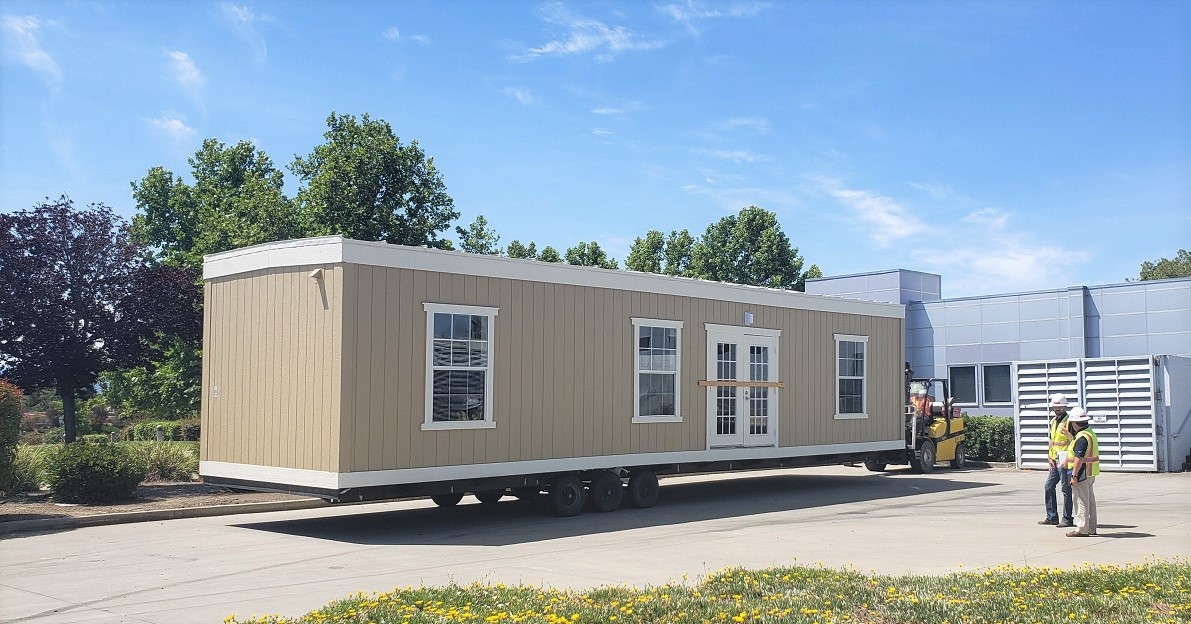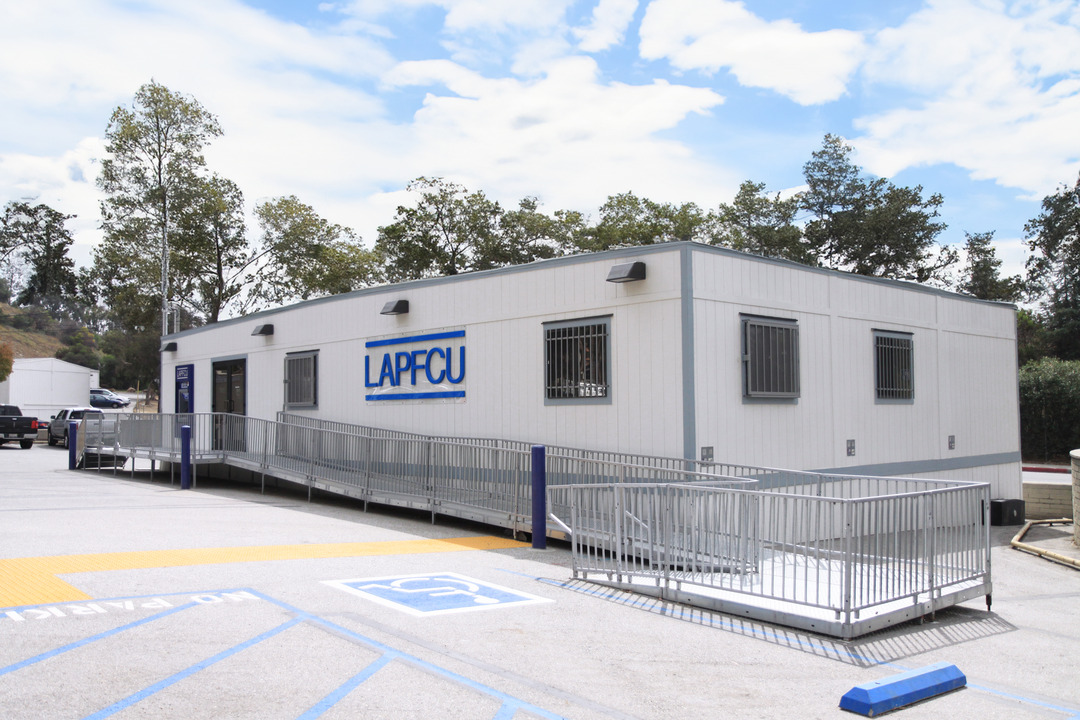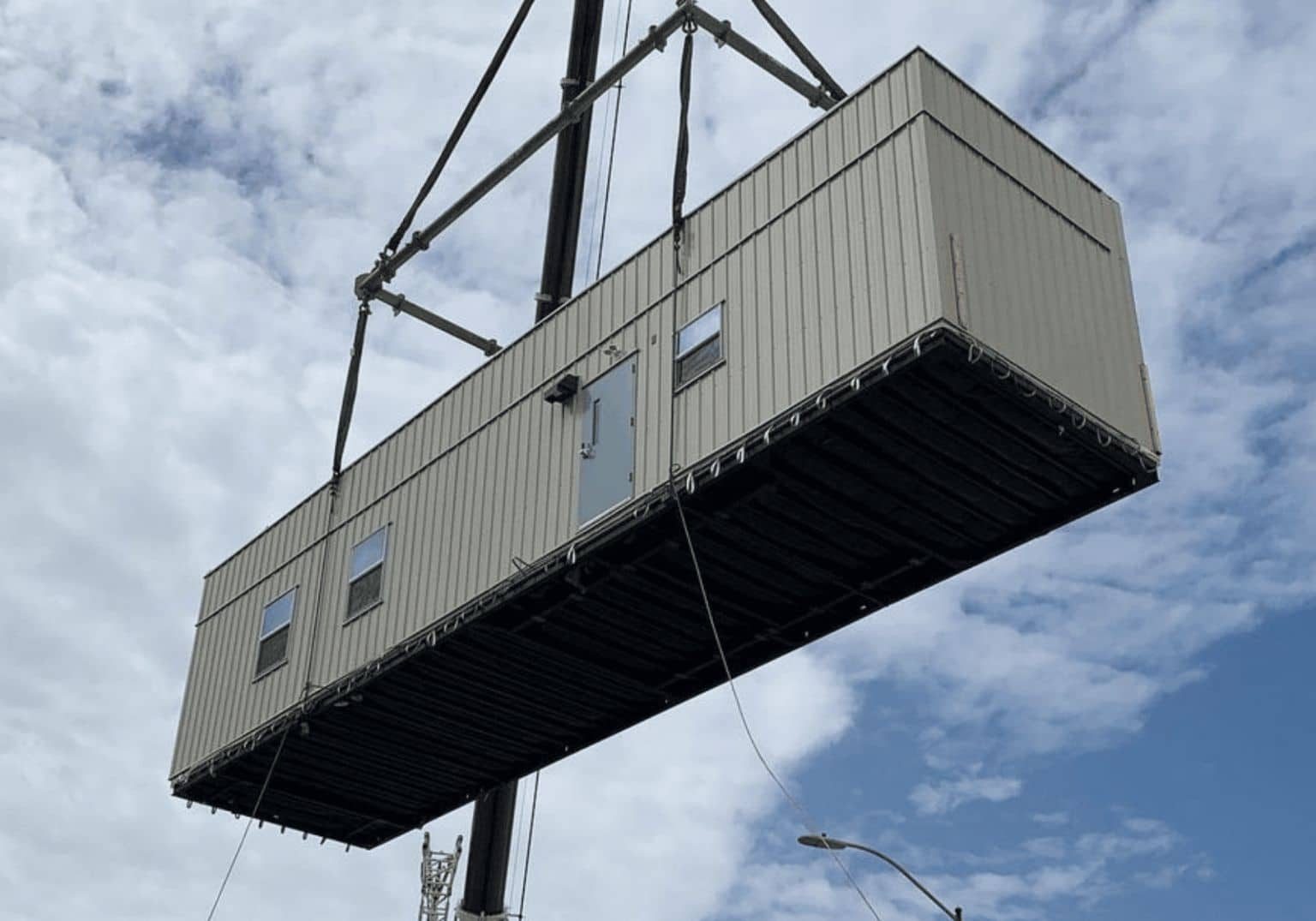Why Use Blast Resistant Modular Buildings For Oil, Gas And Petrochemicals?
While companies do all they can to make sure there are no accidents to keep employees safe, there is no doubt that the oil and gas industry is vulnerable. For example, on April 19, 2018, an inferno broke out at Valero Energy Corp’s 225,000 barrel-per-day refinery. This was reminiscent of the BP oil refinery explosion in Texas in 2005 that killed 15 and injured 180. However, in Valero Energy Corp’s case, there were no fatalities.
New improvements to plant safety are always in the works, and blast resistant modular buildings are one of them.
What Are Blast Resistant Buildings?
Not all portable buildings are built the same way. DropBox Blast resistant modular buildings are designed to help protect the personnel assigned duties within explosively hazardous areas. They are typically the size of an office trailer but can be installed with different floor plans and configurations.
DropBox Blast resistant modular structures are made with especially thick steel or carbon steel walls that are certified from 1.5 PSI to 10 PSI Overpressure rating. All the internal fixtures of these buildings are also designed to include:
- Sliding and overturning during blast response
- Positive pressure and forced ventilation requirements
- Seismic and wind loading
In addition to this, many DropBox blast resistant modules are well suited for the petrochemical industry.
How Can Blast Resistant Buildings Improve Safety On-Site?
DropBox Blast resistant construction can be configured and used in various ways on a site such as:
- Guardhouses
- Tool rooms
- Cool-down stations
- Break rooms
- Emergency meeting rooms
These modular structures can easily be assembled on-site in a matter of days. They are also convenient because they can be moved from one site to another based on your requirements.
Industry Regulations for Blast Resistant Structures
During an explosion, the force from a blast can destroy a weak trailer, making walls collapse.
After the tragic explosion at BP’s refinery, the American Petroleum Institute (API) released RP 753 to develop industry guidance for portable structures at processing facilities. It was released in 2007 after consultations with refiners, labor unions, and consultants.
Some of their recommendations include:
- Three zones for placing portable buildings, based on external cloud explosions (Zone 1 at 330 ft., Zone 2 at 570 ft. and Zone 3 at 1,930 ft.)
- No light-wood trailers from a defined zone near process areas (Light-wood trailers cannot be located closer than 330 ft. or Zone 1 from a process unit)
- Larger units can be placed at a minimum distance of 570 ft. (Zone 2)
- Nonessential personnel cannot be housed in any portable building (including blast resistant structures) in or near process areas
The idea is to keep staff, workers, and temporary structures away from areas where their presence is not required.
Just one tragic accident is reason enough for the industry to develop safer, better buildings for the thousands of workers who put their lives at risk every day. Now many petrochemical industry conferences and forums have begun discussing and highlighting the use of blast resistant structures.
Mobile Modular specializes in portable modular buildings and our expertise spans across decades of experience in various industries and interactions with a varied client portfolio. If you want to learn more about our modular buildings for oil and gas sites and petrochemical companies, contact us today.





